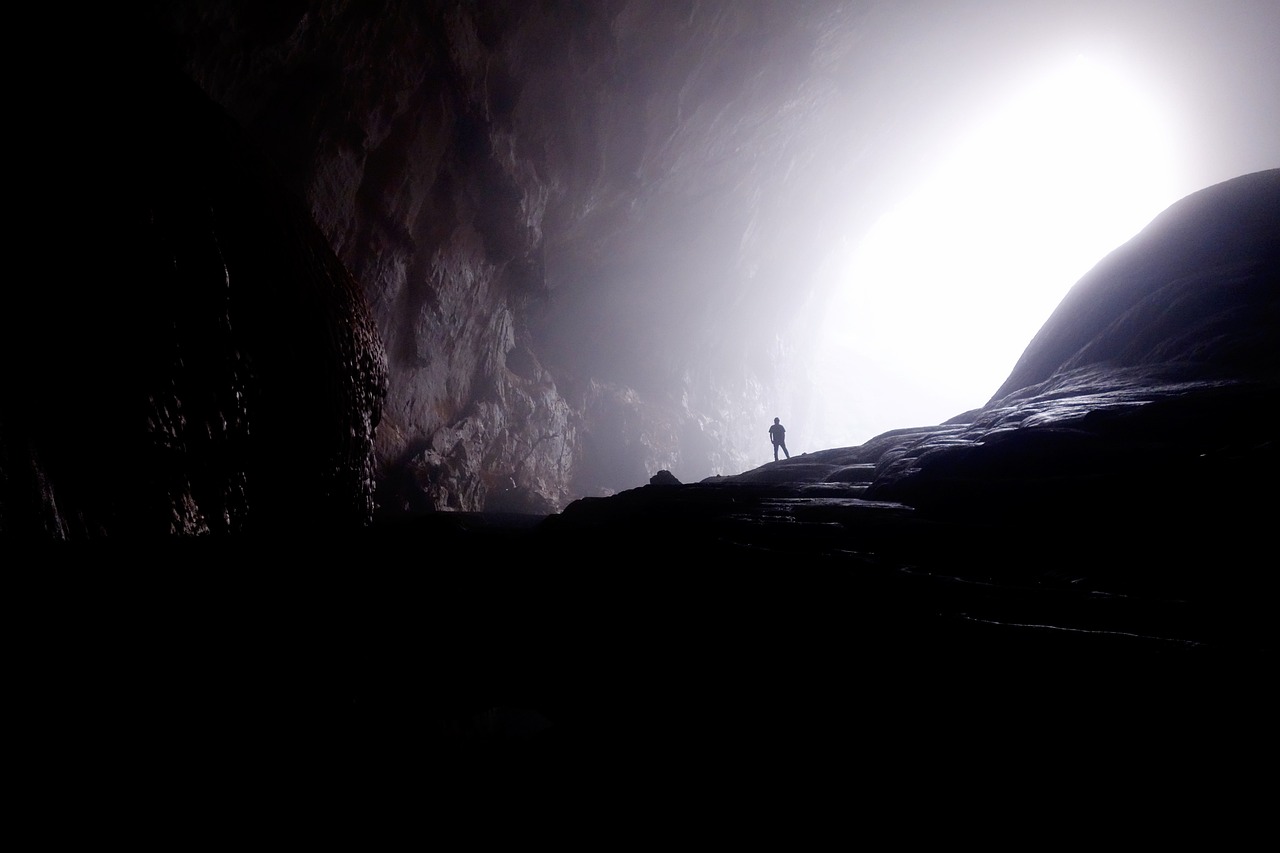Exploring China’s Hidden Sinkholes: A Journey into the Unknown
On the brink of a steep limestone cliff, a couple gazes into an ancient world that has remained largely untouched for millennia. More than 100 meters (328 feet) below them lies a lush expanse of forests, teeming with unique flora and fauna. For centuries, these vast sinkholes, known as tiankeng in Mandarin, were shrouded in mystery and fear—legends spoke of demons lurking within the mist. However, with advancements in technology and intrepid explorers daring to descend into these depths, China’s sinkholes are now emerging as captivating tourist destinations.
The Allure of Guangxi’s Sinkholes
China is home to approximately two-thirds of the world’s known sinkholes, with 30 tiankeng located mainly in Guangxi province. The most recent discovery was an ancient forest featuring trees soaring up to 40 meters (130 feet) tall. These geological formations serve as natural time capsules, safeguarding delicate ecosystems for centuries. Yet, as tourism begins to flourish in these areas, concerns grow about the potential loss of these extraordinary environments.
According to local explorer Fei Ge, who has transitioned from a curious child to a renowned tour guide, the mystique surrounding these sinkholes has shifted dramatically. Previously feared as supernatural realms, they are now recognized for their ecological significance.
Fei recalls his childhood warnings to avoid the sinkholes due to myths surrounding fierce winds and ominous spirits. His curiosity ultimately led him into one of these chasms as a child, where he experienced awe-inspiring natural phenomena like echoes and mini-tornadoes. It wasn’t until he invited scientists that he understood the true value of these formations—experts discovered new plant species previously thought extinct.
Balancing Tourism and Preservation
The rise of adventure tourism in Guangxi offers both promise and peril. While visitors are drawn by breathtaking views and thrilling experiences, there is an urgent need for responsible development. With limited agricultural opportunities in the region due to its rugged landscape, tourism has become a vital source of income for local communities.
Dr. Lina Shen, a leading researcher on sinkhole ecosystems, emphasizes the importance of protecting these habitats from overdevelopment. She advocates for sustainable tourism practices that allow for observation without disturbing delicate organisms.
“We must maintain their original ecological state,” Dr. Shen warns while suggesting alternatives like hot air balloon tours or aerial photography to minimize impact.
As explorers like Rui and Michael descend further into the depths, they embrace both adventure and responsibility. Their experience exemplifies how balancing exploration with conservation can lead to greater appreciation for these natural wonders.
In conclusion, as China’s remarkable sinkholes continue to draw adventurers and researchers alike, their future hinges on responsible tourism practices that prioritize preservation over profit. The journey into these heavenly pits is just beginning—not only for thrill-seekers but also for those tasked with safeguarding their extraordinary secrets for generations to come.


